Table of Contents
- What Are Rose Peppers?
- Why Love Rose Peppers?
- How to Use Rose Peppers in the Kitchen
- Health Benefits You Can Taste
- Rose Pepper Buying Guide: Picking the Perfect Pod
- Want to Grow Your Own? Tips for Home Gardeners
- FAQs About Rose Peppers
- Final Thoughts: Make Room for Rose Peppers in Your Spice Cabinet
What Are Rose Peppers?
Rose peppers—no, they’re not flowers in disguise! These vibrant pods are a unique variety that bring both beauty and heat to your kitchen. Native to certain regions in Central and South America, rose peppers (also known as pink chili peppers or even 'rosy firesticks' among spice lovers) have a floral aroma with a surprisingly mild kick.
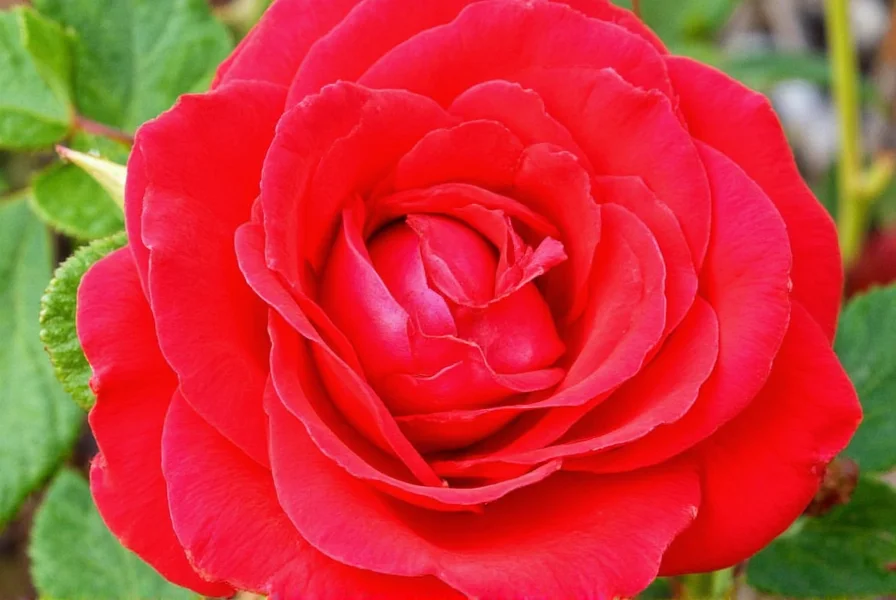
Despite their delicate name, these peppers pack personality. Their color can range from soft blush pink to deep crimson, and they often appear in dried form or ground into powders used for seasoning. They’re not just for looks—they deliver flavor profiles that include sweetness, smokiness, and a hint of earthiness, all while staying low on the Scoville scale compared to other hot peppers.
Why Love Rose Peppers?
If you're looking to add flair without fiery fear, rose peppers are your new best friend. Here’s why:
- Unique Flavor: Think of them as the smooth operator of the chili world—mild heat with a fragrant finish.
- Stunning Visual Appeal: Whether whole, crushed, or sprinkled over dishes, their pink hues make everything look gourmet.
- Versatile Uses: From cocktails to marinades, soups to desserts, rose peppers bring more than just heat to the table.
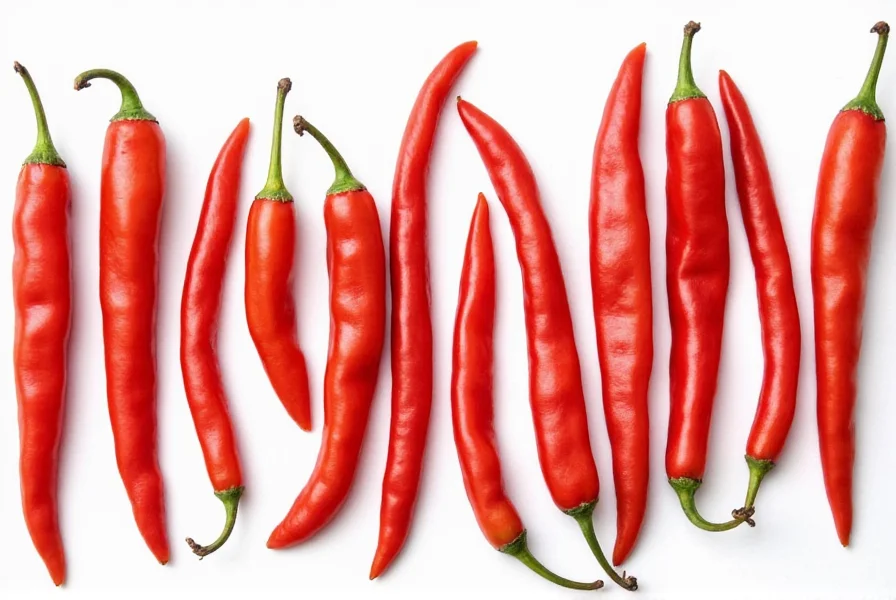
How to Use Rose Peppers in the Kitchen
Ready to turn up the heat (just a little)? Here’s how to incorporate rose peppers into your everyday cooking:
- Seasoning Blends: Mix rose pepper powder with sea salt, citrus zest, and herbs for a custom finishing salt.
- Cocktails: A pinch of rose pepper adds an intriguing twist to margaritas, bloody marys, or even gin-based drinks.
- Seafood Dishes: Sprinkle on grilled shrimp or scallops for a delicate spicy note that enhances natural sweetness.
- Sweet Treats: Believe it or not, rose peppers work well in chocolate desserts or spiced cakes. Try a pinch in brownies or cinnamon cookies!
- Oil & Vinegar Infusions: Steep rose peppers in olive oil or vinegar to create infused bases for dressings or drizzles.

Comparison Table: Rose Peppers vs Other Common Chilies
| Pepper Type | Flavor Profile | Heat Level (Scoville) | Best For |
|---|---|---|---|
| Rose Pepper | Floral, sweet, earthy | 500–1,000 SHU | Garnishing, light seasoning, cocktails |
| Jalapeño | Grassy, slightly fruity | 2,500–8,000 SHU | Salsas, nachos, stuffed peppers |
| Habanero | Tropical, citrusy | 100,000–350,000 SHU | Hot sauces, exotic curries |
| Ancho | Smoky, sweet, raisin-like | 1,000–2,000 SHU | Mole sauces, stews |
Health Benefits You Can Taste
Beyond their visual and culinary appeal, rose peppers offer some real health benefits thanks to capsaicin—the compound responsible for spiciness—and their rich vitamin content.
- Boosts Metabolism: Capsaicin helps increase body temperature, which may enhance fat burning.
- Pain Relief Properties: Topical use of capsaicin has been linked to pain relief, especially for arthritis and muscle soreness.
- Rich in Antioxidants: Rose peppers contain antioxidants like vitamin C and carotenoids that support immune function.
- Digestive Aid: When consumed in moderation, spicy foods can stimulate digestion and improve gut health.
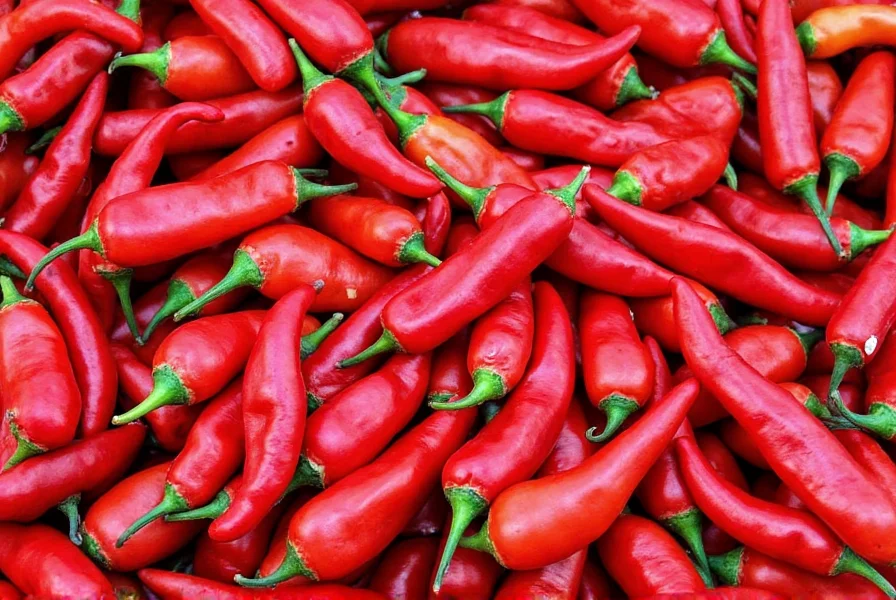
Rose Pepper Buying Guide: Picking the Perfect Pod
Whether you're shopping online or hitting up your local spice market, here’s what to look for when choosing high-quality rose peppers:
- Freshness First: If buying fresh, look for firm pods with no wrinkles or soft spots. Vibrant colors indicate ripeness and potency.
- Aroma Check: Fresh rose peppers should have a clean, mildly floral scent. Avoid any with moldy or fermented odors.
- Dried vs Fresh: Dried rose peppers last longer and are ideal for grinding into powders. Fresh ones are great for infusions or quick pickling.
- Storage Tips: Keep fresh peppers in a sealed bag in the fridge for up to two weeks. Dried versions should be stored in an airtight container away from light and moisture.
Top Rose Pepper Products to Try
| Product | Description | Features | Use Cases | Target Audience |
|---|---|---|---|---|
| Rose Pepper Crush | Crushed rose peppers in a resealable jar | Natural, no additives, easy sprinkle-on application | Garnishing pasta, meat rubs, dips | Home cooks, food bloggers |
| Rose Pepper Sea Salt Blend | Mix of coarse sea salt and rose pepper powder | Elegant packaging, versatile blend, artisan quality | Finishing touch on steaks, cocktails, popcorn | Chefs, gift buyers |
| Rose Pepper Oil Infusion Kit | All-in-one kit with rose peppers and oil bottles | Simple instructions, reusable containers | Homemade infused oils for dressings, grilling | Home infusion enthusiasts |
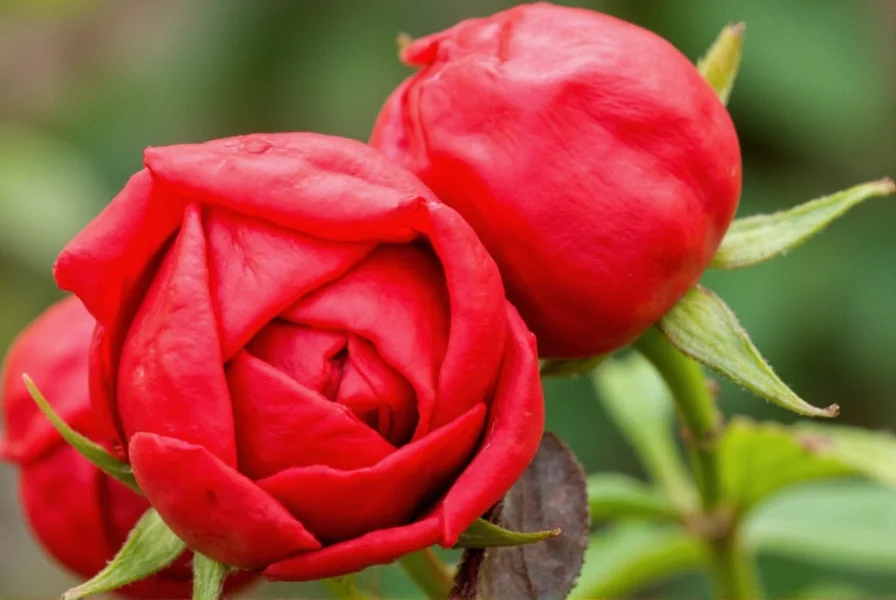
Want to Grow Your Own? Tips for Home Gardeners
If you’ve fallen in love with rose peppers and want to grow your own, here’s what you need to know:
- Climate: Warm climates suit them best. Ideal growing temperatures are between 70°F and 90°F.
- Soil: Well-draining, fertile soil is key. Amend with compost for optimal growth.
- Water: Consistent watering without waterlogging keeps roots healthy.
- Harvest Time: Pick when the color deepens and becomes fully developed—this is when the flavor peaks.

FAQs About Rose Peppers
Are rose peppers really spicy?
They’re mild, landing around 500–1,000 Scoville units, so perfect for those who prefer gentle heat.
Can I substitute rose peppers with another chili?
If needed, try a mix of bell pepper and a pinch of cayenne to mimic the flavor and subtle heat.
Where can I buy rose peppers?
Look in specialty spice shops, Latin markets, or order online through reputable spice retailers.
Do rose peppers come in different colors?
Yes! While most are pink or reddish, some cultivars turn yellow or orange when ripe.
Are rose peppers safe to eat raw?
Absolutely! Their crisp texture and mellow heat make them great sliced into salads or salsas.
Final Thoughts: Make Room for Rose Peppers in Your Spice Cabinet
Rose peppers are more than just a pretty face in your pantry—they're a flavorful, healthy, and fun way to elevate your meals without overwhelming heat. Whether you're mixing them into cocktails, sprinkling them on seafood, or simply admiring their stunning hue, there’s no doubt that rose peppers deserve a place at your next dinner party—or breakfast bowl, for that matter.
Now go ahead—add a little pink passion to your plate and let your taste buds bloom!

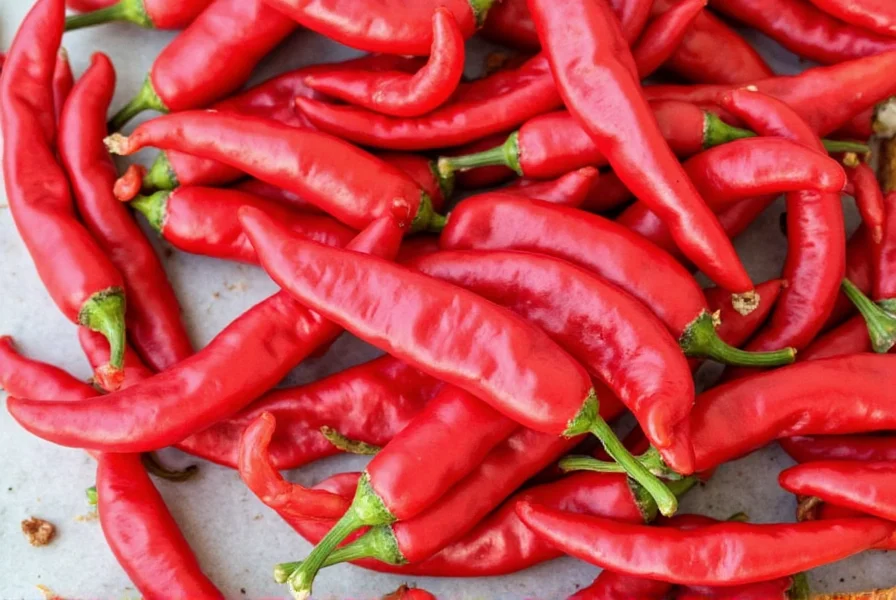









 浙公网安备
33010002000092号
浙公网安备
33010002000092号 浙B2-20120091-4
浙B2-20120091-4